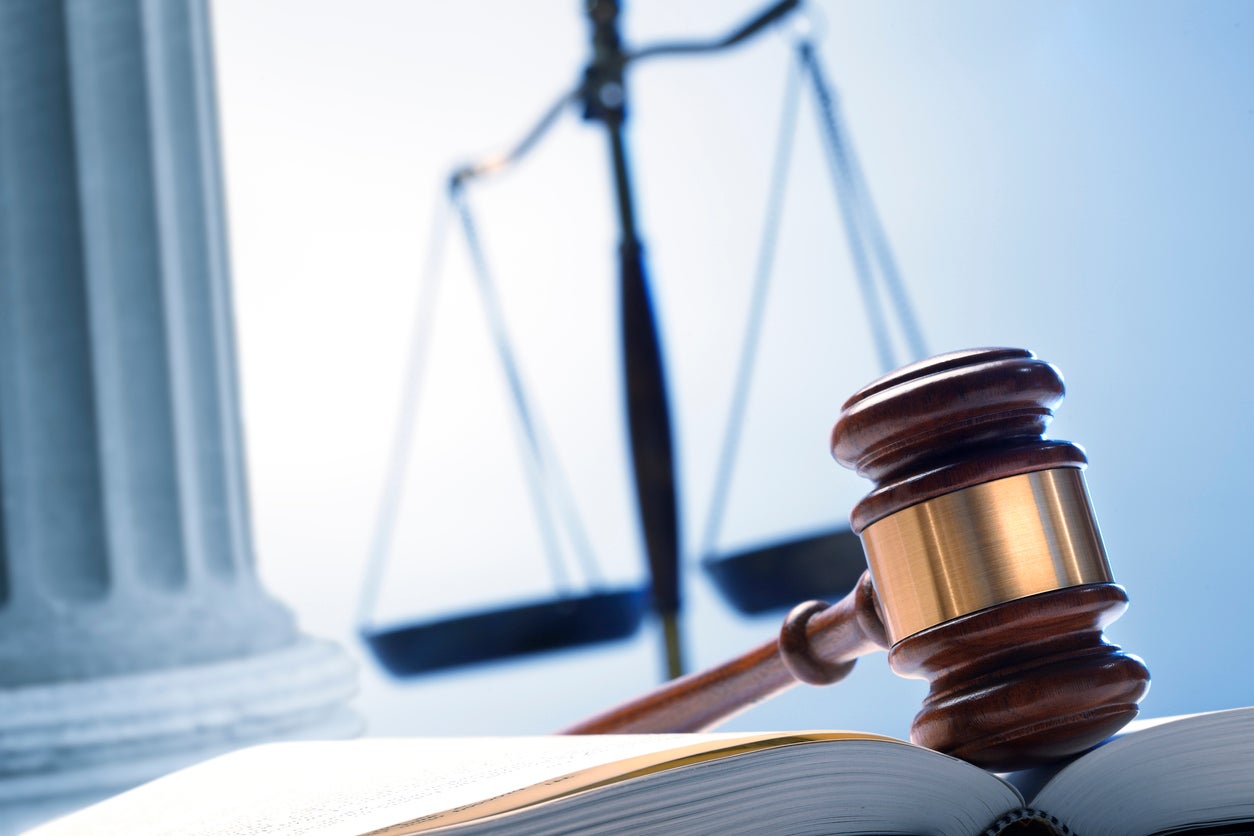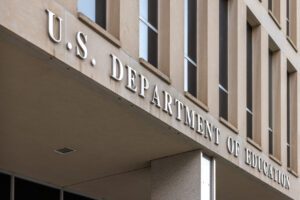In August 2022, millions of student loan borrowers rejoiced when President Biden announced the launch of a new, one-time debt relief program that would eliminate up to $20,000 of student loans per borrower.
But before any borrower could qualify for loan forgiveness, opponents challenged the program as unlawful, saying that the President had exceeded his executive authority by launching the program without congressional approval.
Biden’s student loan forgiveness plan is on hold as the issue is litigated; here’s where it stands now.
What Is President Biden’s Student Loan Forgiveness Plan?
President Biden’s student loan relief plan would provide $10,000 of one-time loan forgiveness for existing federal student loan borrowers and up to $20,000 of one-time forgiveness for borrowers that were Pell Grant recipients. Under the current plan, borrowers must make less than $125,000 to qualify ($250,000 for households). Only loans taken out before June 30, 2022, are eligible for forgiveness.
The U.S. Department of Education started accepting applications for student loan forgiveness in 2022. However, the program was paused due to legal challenges, and the Department of Education is no longer accepting applications.
Until the issue is resolved, the federal student loan payment freeze continues. It is scheduled to last until 60 days after litigation concerning the problem is resolved or 60 days after June 30, 2023 — whichever comes first.
Can the President Forgive Student Loans?
Challengers of the program take issue with President Biden wiping out $10,000 of student loan debt via executive order, with opponents saying he does not have that power. But the Biden Administration, including Miguel Cardona, the Secretary of Education, says that the President lawfully used his statutory authority as written in the Higher Education Relief Opportunities for Students (HEROES) Act. This bill was passed in 2003.
The HEROES Act was created to waive or modify provisions of student loan programs for those affected by the attacks on September 11, 2001. It was expanded in 2003 to provide relief for borrowers impacted by military operations or national emergencies as the Secretary of Education deemed appropriate.
The HEROES Act is what President Trump and President Biden used to suspend student loan payments during the COVID-19 pandemic.
The Opposition to Biden’s Plan
There are two major legal challenges to the loan forgiveness program:
Exceeding the Heroes Act
The HEROES Act has been controversial, with opponents saying it was wrongfully applied to the COVID-19 pandemic. Six states — Nebraska, Missouri, Arkansas, Kansas, and South Carolin — filed the lawsuit that is in front of the Supreme Court that alleges the Biden Administration overstepped its authority.
Opponents believe that the Biden Administration is relying on an overly broad interpretation of the HEROES Act, and the Act doesn’t mention anything about loan forgiveness. Some legal experts believe it’s too large of a leap to forgive $400 billion in debt based on the HEROES Act.
Deprivation of Procedural Rights
The Job Creators Network Foundation, a conservative advocacy organization, filed the second lawsuit. This group alleged that the Biden Administration denied them their procedural rights because the public couldn’t formally argue its support or opposition before its launch.
Under the HEROES Act, the notice-and-comment requirement is waived, but this lawsuit says the HEROES Act was wrongfully applied in this case.
How the White House Defends the Student Loan Forgiveness Plan
The Biden Administration justifies its actions by stressing the importance of the loan forgiveness plan and the impact it will have on borrowers. With the average student loan balance totaling nearly $40,000, the program would provide significant relief to struggling borrowers.
Nearly 40 million people would be eligible for the program. And 26 million have applied — a staggering number considering how small the application window was open. People from every state applied for the program, including both red and blue states.
The overturning of the program would be devastating for borrowers that hoped for relief, and the Biden Administration argues that the planned reversal would have significant effects on the economy.
The Supreme Court to Decide Fate of Biden’s Loan Forgiveness Plan
The legalities of the program are hotly debated, and experts on either side are passionate and confident about their perspectives. The loan forgiveness plan is now being argued in front of the Supreme Court; arguments began on February 28, 2022. Until it’s resolved and the Supreme Court makes a decision, no loan forgiveness applications will be accepted or approved.
What If I Don’t Qualify for Biden’s Student Loan Forgiveness?
If President Biden’s loan forgiveness plan is ruled to be legal, eligible borrowers can apply for up to $20,000 of loan forgiveness. If you have more debt than will be forgiven — or if you aren’t eligible for the loan forgiveness program because of your income or loan type — you may have other options to manage your debt:
- Income-driven repayment: Federal loan borrowers can enroll in an income-driven repayment (IDR) plan to potentially reduce their monthly payments. IDR plans are based on your income and household size, so some borrowers see dramatic reductions in payments.
- Loan consolidation: Not all federal loans are eligible for loan forgiveness. If your loans aren’t eligible, you can consolidate your debt with a Direct Consolidation Loan to extend your repayment term and reduce your monthly payments. Consolidating will also allow you to qualify for IDR plans.
- Student loan refinancing: Private student loans aren’t eligible for loan forgiveness, so you might wonder if now is a good time to refinance your student loans. If you have private loans, student loan refinancing could be a useful alternative. If you meet the requirements for student loan refinancing, you could potentially qualify for a lower interest rate and save money or reduce your monthly payments.
If you want to refinance your loans, you can use ELFI’s Find My Rate tool to check your loan options without damaging your credit.


